ABSTRACT NUMBER: NESS PRIZE FOR JUNIOR TRAINEES (BELOW ST3)_8 MAIN ABSTRACT TEXT Introduction Fluorescence guided surgery (FGS) for sarcoma resection is an evolving field, with the aim of reducing the positive margin rate and improving patient outcomes. Currently, only non-targeted dyes such as indocyanine green are adopted for clinical use, with known limitations. A sarcoma…
Image-analysis algorithm to determine quality of cold perfusion in kidney transplantation
ABSTRACT NUMBER: NESS PRIZE FOR JUNIOR TRAINEES (BELOW ST3)_7 MAIN ABSTRACT TEXT Introduction Surgeon assessment of visual ‘quality of perfusion’ (QOP) influences kidney discard and predicts transplant outcome. However, this assessment is subjective and bias-prone. We aimed to design an “App” utilising a smartphone camera to make this assessment objective and enhance decision making. Methods…
Intra-operative vasopressor usage in free flap reconstruction: should we be worried?
ABSTRACT NUMBER: NESS PRIZE FOR JUNIOR TRAINEES (BELOW ST3)_6 MAIN ABSTRACT TEXT Introduction The role of vasopressors has long been a subject of debate in microsurgery. Conventional wisdom dictates the avoidance of vasopressor use, due to concerns that by causing peripheral vasoconstriction, inducing vasospasm of the anastomoses and leading to failure in perfusion. It has…
The midline vertical skin incision laryngectomy approach results in reduced complications with no compromise to survival or recurrence
ABSTRACT NUMBER: NESS PRIZE FOR JUNIOR TRAINEES (BELOW ST3)_5 MAIN ABSTRACT TEXT Introduction A total laryngectomy (TL) involves removal of all laryngeal structures and a portion of the trachea and is typically used to treat locally advanced laryngeal or hypopharyngeal cancer. The literature describes various incisions, but very limited research exists on the impact of…
Ultrasound Guided Skip Incisions During Femoropopliteal Bypass Improves Post-Op Pain and Mobility Without Compromise To Complications or Amputation Free Survival
ABSTRACT NUMBER: NESS PRIZE FOR JUNIOR TRAINEES (BELOW ST3)_4 MAIN ABSTRACT TEXT Introduction Femoropopliteal (and femoro-tibial) bypass is a well recognisable and durable surgical option for occluded femoro-popliteal segment. Ipsilateral great saphenous vein, if suitable, has been the most usable graft. It could be reversed or used in situ after valvulotomy. Previous studies have demonstrated…
Perioperative hypothermia and hip fracture surgery: a retrospective cohort study
ABSTRACT NUMBER: NESS PRIZE FOR JUNIOR TRAINEES (BELOW ST3)_3 MAIN ABSTRACT TEXT Introduction Perioperative hypothermia regularly occurs in hip fracture care despite routine active warming. Few studies have focussed on hypothermia rates in hip fracture surgery, instead, principles from general surgery papers are applied. Methods We performed a retrospective cohort study investigating patient body temperature…
What is the effect of patient specific virtual reality rehearsal on cortical mastoidectomy performance?
ABSTRACT NUMBER: NESS PRIZE FOR JUNIOR TRAINEES (BELOW ST3)_2 MAIN ABSTRACT TEXT Introduction Surgical rehearsal – patient specific preoperative surgical practice – can be provided by virtual reality (VR) simulation and offers a novel way of increasing the operative volume of surgical trainees. This study investigated the effect of surgical rehearsal on cortical mastoidectomy performance…
Can simvastatin reduce the inflammatory response to orthopaedic biomaterials?
ABSTRACT NUMBER: NESS PRIZE FOR JUNIOR TRAINEES (BELOW ST3)_1 MAIN ABSTRACT TEXT Introduction The most common indication for revision surgery following total hip arthroplasty is aseptic loosening of implants secondary to osteolysis, caused by immune-mediated reactions to implant debris. These debris can cause pseudotumour formation. Toll-like receptor 4 (TLR4) has been shown to mediate immune…
